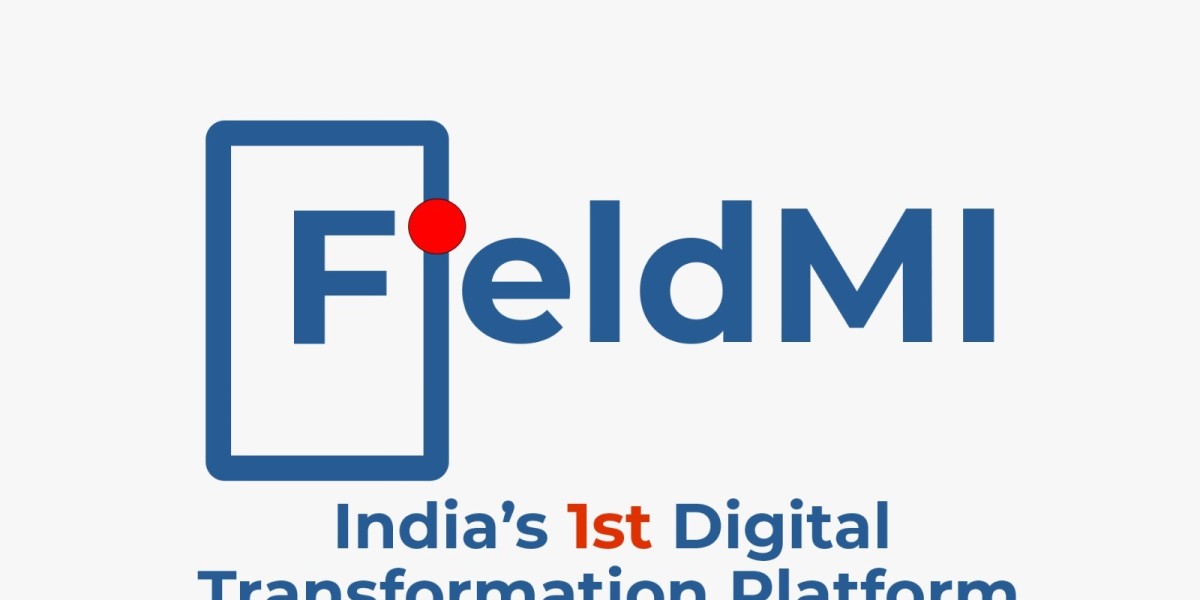In an era where data drives decision-making and operational efficiency, real-time data analytics has emerged as a transformative force in the insurance industry. The ability to analyze data as it is generated enables insurers to make more informed decisions, enhance operational efficiency, and improve customer experiences. This article explores the profound impact of real-time data analytics on insurance operations, emphasizing how insurance data analytics is reshaping risk management, underwriting, claims processing, and customer engagement.
Understanding Real-Time Data Analytics in Insurance
Real-time data analytics involves the immediate collection, analysis, and interpretation of data as it is generated. Unlike traditional analytics, which often relies on historical data and periodic reports, real-time analytics provides instantaneous insights that enable proactive decision-making. In the insurance sector, this technology leverages data from various sources, including IoT devices, telematics, social media, and mobile applications, to monitor and analyze events in real time.
The integration of insurance data analytics allows insurers to move beyond reactive strategies and adopt a more dynamic and anticipatory approach to managing their operations.
Enhancing Risk Management and Underwriting
1. Dynamic Risk Assessment
Traditional risk assessment methods in insurance typically depend on historical data and static models, which may not always accurately reflect current conditions. Real-time data analytics enables insurers to continuously monitor and evaluate risk factors as they evolve. For example, by integrating real-time weather data, insurers can assess the risk of natural disasters more accurately and provide timely alerts to policyholders. This dynamic approach to risk assessment ensures that insurance coverage and pricing are adjusted based on the most current information, reducing the likelihood of underwriting errors and improving overall risk management.
2. Precision in Underwriting
The accuracy of underwriting decisions is greatly enhanced by real-time data analytics. Insurers can analyze data from various sources in real time, such as telematics for auto insurance or wearable health devices for health insurance. This allows for a more granular understanding of individual risk profiles, leading to more precise pricing and policy terms. For instance, real-time data from a vehicle's telematics system can provide insights into driving behavior, enabling insurers to offer usage-based insurance policies that reflect actual driving patterns rather than relying on generic risk models.
Streamlining Claims Processing
1. Accelerated Claims Handling
One of the most notable benefits of real-time data analytics is the acceleration of the claims processing workflow. By automating data collection and analysis, insurers can quickly verify the validity of claims and determine appropriate actions. In the event of an accident, for example, telematics data can provide real-time information about the incident, such as speed, location, and impact force. This immediate access to data enables insurers to expedite claims assessments, reduce processing times, and improve overall efficiency.
2. Enhanced Fraud Detection
Fraud detection and prevention are significantly improved with real-time data analytics. By continuously analyzing data patterns and identifying anomalies as they occur, insurers can detect suspicious activities more effectively. Machine learning algorithms play a crucial role in this process, as they can continuously learn from new data and refine their ability to identify fraudulent claims. For example, if a claim exhibits unusual patterns or inconsistencies, real-time analytics can flag it for further investigation, allowing insurers to take prompt action and mitigate potential losses.
Improving Customer Engagement and Experience
1. Personalized Customer Interactions
Real-time data analytics enables insurers to deliver highly personalized customer experiences by leveraging insights into individual behavior and preferences. By analyzing data from various touchpoints, such as website visits, mobile app interactions, and social media activity, insurers can tailor their communications and offerings to meet specific customer needs. For example, if a customer frequently searches for travel insurance, real-time analytics can prompt the insurer to offer personalized travel insurance options and discounts, enhancing the relevance of their offerings.
2. Proactive Customer Service
Real-time data analytics allows insurers to adopt a proactive approach to customer service. By continuously monitoring data and anticipating customer needs, insurers can address issues before they escalate. For instance, if a policyholder's property is located in an area prone to severe weather, real-time data can trigger automated alerts and offer guidance on preventive measures. This proactive approach not only improves customer satisfaction but also helps reduce potential claims by encouraging policyholders to take preventative actions.
Optimizing Operational Efficiency
1. Resource Allocation
Real-time data analytics provides valuable insights into operational performance and demand patterns, enabling insurers to optimize resource allocation. By monitoring data in real time, insurers can identify areas where resources are underutilized or overstretched and make adjustments accordingly. For example, during peak periods of claims processing, real-time analytics can help allocate additional resources to manage the increased workload, ensuring that service levels are maintained and operational efficiency is maximized.
2. Enhanced Decision-Making
The ability to access and analyze data in real time enhances decision-making across various levels of the organization. Executives and managers can make more informed decisions based on the latest data, leading to more effective strategies and improved outcomes. Real-time analytics provides insights into market trends, customer behavior, and competitive dynamics, allowing insurers to adapt their strategies quickly and stay ahead of the competition.
Leveraging IoT and Telematics
1. IoT-Enabled Insurance Solutions
The Internet of Things (IoT) has revolutionized the insurance industry by providing new opportunities for real-time data collection and analysis. IoT devices, such as smart home sensors, wearable health monitors, and connected vehicles, generate continuous streams of data that can be analyzed in real time. Insurers can use this data to offer IoT-enabled insurance solutions that provide real-time risk monitoring, personalized coverage, and timely alerts. For example, smart home insurance can leverage data from sensors to detect potential hazards, such as water leaks or fire risks, and notify policyholders immediately.
2. Telematics in Auto Insurance
Telematics technology has transformed auto insurance by providing real-time data on driving behavior. By using in-vehicle sensors and GPS systems, insurers can collect data on driving patterns, such as speed, braking, and mileage. This data allows for the development of usage-based insurance (UBI) policies, where premiums are based on actual driving behavior rather than general risk models. UBI policies encourage safer driving habits and provide a more accurate reflection of individual risk, benefiting both insurers and policyholders.
Addressing Regulatory and Compliance Challenges
1. Data Privacy and Security
The use of real-time data analytics raises important concerns about data privacy and security. Insurers must ensure that they comply with regulatory requirements and implement robust security measures to protect customer data. Real-time data analytics platforms must be designed with strong privacy and security features, including encryption, access controls, and continuous monitoring to safeguard sensitive information.
2. Regulatory Compliance
Insurance companies operate within a complex regulatory framework, and real-time data analytics can help ensure compliance with evolving regulations. By continuously monitoring data and analyzing compliance-related metrics, insurers can identify potential regulatory issues and take corrective actions promptly. Real-time analytics can assist in meeting requirements related to data reporting, anti-money laundering (AML), and know your customer (KYC) regulations, ensuring that insurers remain compliant and avoid regulatory penalties.
Conclusion
Real-time data analytics is revolutionizing the insurance industry by providing immediate insights that enhance risk management, underwriting, claims processing, and customer engagement. The integration of insurance data analytics enables insurers to make more informed decisions, deliver personalized experiences, and optimize their operations. As the adoption of IoT devices, telematics, and advanced analytics continues to grow, the potential for real-time data analytics in insurance will only expand.
Insurers that embrace real-time data analytics and invest in advanced data analytics platforms will be well-positioned to navigate the challenges and opportunities of the future. By leveraging real-time insights, insurers can enhance their competitive edge, improve customer satisfaction, and achieve long-term success in a rapidly evolving digital landscape. Real-time data analytics is not just a technological advancement but a strategic imperative for insurers striving to stay relevant and thrive in the modern age.








